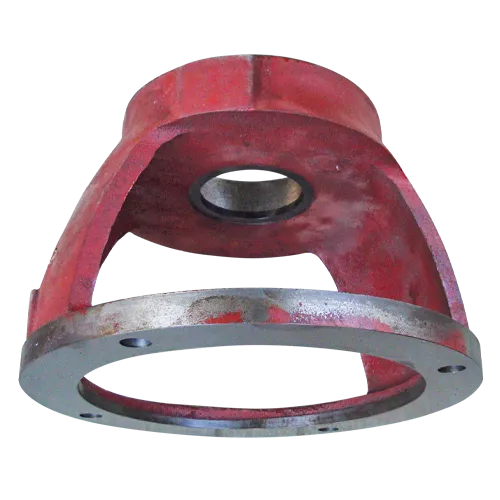Mobile:+86-311-808-126-83
Email:info@ydcastings.com
horizontal split casing
Understanding Horizontal Split Casing in Machinery Design
The concept of horizontal split casing is vital in various engineering applications, particularly in the design of pumps, compressors, and turbines. This design features a casing that is split horizontally, allowing for easier access to the internal components for maintenance and inspection. Understanding the principles and advantages of horizontal split casing can significantly enhance machinery performance and lifespan.
Definition and Structure
A horizontal split casing consists of two halves that are joined at a horizontal plane. This configuration not only makes it easier to assemble and disassemble the machinery but also facilitates maintenance activities. The casing houses essential components, such as impellers and shafts, while also providing structural support. Horizontal split casing is typically seen in centrifugal pumps, where it helps in enclosing the impeller and ensuring efficient fluid movement.
Advantages of Horizontal Split Casing
1. Ease of Maintenance One of the primary advantages of this design is the accessibility it provides for maintenance. In conventional designs, disassembling the entire unit can be time-consuming and complex. However, with a horizontal split casing, only the top half needs to be removed to access internal components. This reduction in maintenance time can lead to lower operational costs and minimized downtime.
2. Enhanced Structural Integrity The horizontal split design helps distribute operational stresses more evenly across the structure. This distribution can improve the overall durability of the machinery and reduce the likelihood of failures due to stress concentration. As a result, systems utilizing horizontal split casing often have a longer operational life and require fewer replacements.
3. Versatility in Design Horizontal split casings can accommodate a variety of internal configurations, which allows engineers to optimize designs for specific applications. This versatility extends to the ability to integrate additional features such as insulation or sound dampening, tailored to the project’s requirements.
4. Improved Alignment Maintaining accurate alignment of the rotor and casing is crucial for efficient operation. The horizontal split casing facilitates better alignment during assembly because the two halves can be brought together more easily compared to vertical designs. This can lead to better performance and reduced wear over time.
horizontal split casing

5. Reduced Weight In some cases, the horizontal split design can contribute to lighter overall weight compared to monolithic designs. This reduction in weight can be beneficial in applications where machinery needs to be moved or installed in challenging environments.
Applications of Horizontal Split Casing
Horizontal split casings are widely used in several industries. They are particularly common in
- Water and Wastewater Management Centrifugal pumps with horizontal split casings are frequently used in municipal water supply systems and wastewater treatment plants. Their maintenance-friendly design is ideal for facilities that require regular servicing.
- Chemical Processing In the chemical and petrochemical industries, horizontal split casing pumps are used to handle corrosive materials. The ability to easily inspect and maintain these pumps is crucial in ensuring the safety and efficiency of operations.
- Power Generation Many turbines in power generation facilities utilize horizontal split casings. The design allows for easier maintenance, which is vital in maximizing uptime for power generation.
Conclusion
Horizontal split casing represents an essential innovation in machinery design, offering numerous advantages that enhance maintenance, structural integrity, and operational efficiency. Its applications across various industries underscore its versatility and the importance of well-thought-out engineering design principles. As industries continue to evolve and seek more efficient solutions, the horizontal split casing will remain a cornerstone technology that supports sustainable and efficient operational practices.
In conclusion, understanding horizontal split casing is not only crucial for engineers and designers but also for anyone involved in the oversight of industrial machinery. By leveraging the benefits of this design, organizations can enhance productivity and reliability in their operations.
-
Understanding Metal Casting TechniquesNewsApr.02,2025
-
Understanding Exhaust Manifolds for Enhanced Engine PerformanceNewsApr.02,2025
-
The World of Metal FabricationNewsApr.02,2025
-
Key Components for Pump and Turbo EfficiencyNewsApr.02,2025
-
Essential Tools for Automotive Maintenance and RepairNewsApr.02,2025
-
Durable Valve Components for Effective Water ManagementNewsApr.02,2025











